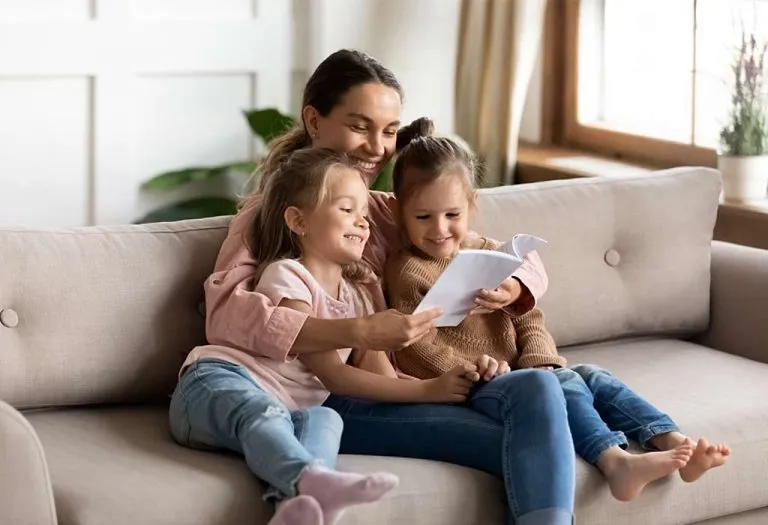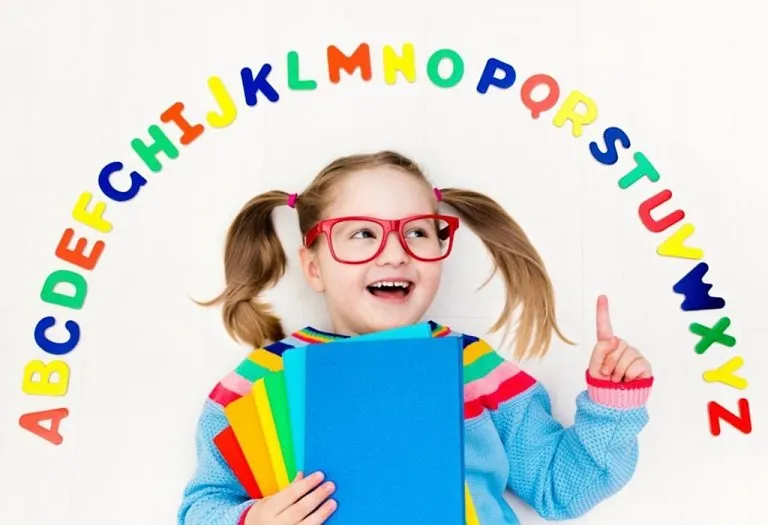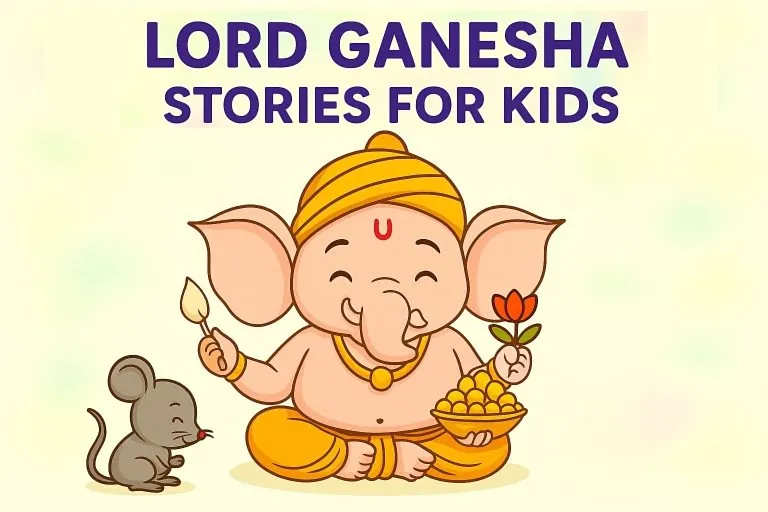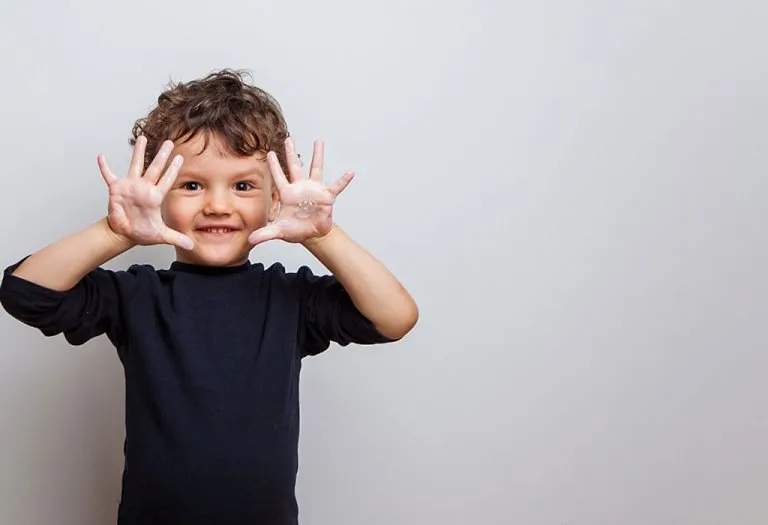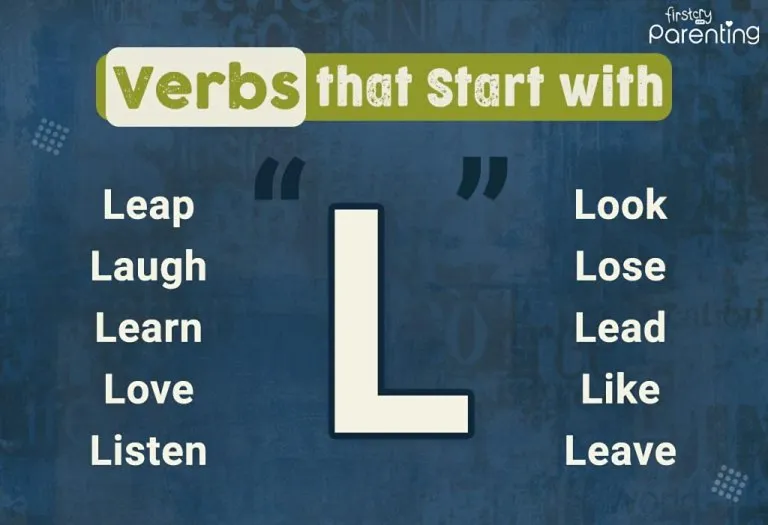Alliteration for Kids – Definition and Examples
Have you ever heard a tongue twister like “Peter Piper picked a peck of pickled peppers“? That’s not just a fun rhyme, it’s a great example of alliteration! Alliteration is a playful language trick where the same sound starts several words close together. It makes reading more fun and helps kids remember phrases better.
When it comes to alliteration for kids, it’s a fantastic way to boost early reading and speaking skills. Children love the rhythm and repetition, and it adds a fun twist to storytelling and poetry. Whether it’s in a silly story, a short poem, or a classroom game, alliteration grabs attention and makes learning feel like play.
In this guide, we’ll explore what alliteration is, look at lots of fun examples, and show you how it can be used in everyday language. Let’s look into the magical world of matching sounds!
What Is Alliteration?
Alliteration is when words in a sentence or phrase start with the same sound. It makes reading and speaking fun and catchy. Kids often hear it in poems and tongue twisters.
The alliteration definition for kids is simple. It means using the same starting sound in two or more words that are close together. For example, in the phrase “tiny turtles trot,” the /t/ sound is repeated. This makes the phrase easier to say and more fun to hear.
Alliteration is not just about writing. It helps kids learn sounds and build stronger language skills. It also makes stories and songs more exciting. When kids play with these sounds, they learn how language works in a fun and friendly way.
Writers use alliteration in kids’ books because it catches attention. It turns simple sentences into silly and joyful phrases. And best of all, it helps young readers remember what they’ve read.
Why Is Alliteration Used?
Alliteration makes words sound musical and fun. It grabs attention and helps listeners remember phrases easily. That is why it is often used in poems, books, and songs for kids.
One reason alliteration for kids is so popular is because it makes learning new words easier. Repeating the same sound helps children recognise patterns in speech. It also adds rhythm, which makes reading more exciting.
Teachers use alliteration to make lessons more playful. It keeps young minds interested and active. Children also enjoy repeating phrases that sound funny or silly, which builds their confidence in speaking.
Writers use alliteration to give a smooth flow to stories and poems. It helps create mood and sets the tone of the writing. Whether it is a happy poem or a bedtime story, alliteration adds a special charm to the words.
Examples of Alliteration for Kids
Alliteration is fun to read and even more fun to say. Kids can enjoy it through silly phrases, poems, and rhymes that make language come alive. Here are some simple and fun examples that show how it works.
- Silly snakes slither slowly – all the words start with the letter S
- Peter plays piano perfectly – the P sound is repeated
- Lazy lions lie low – a fun phrase using the L sound
- Bouncing bunnies bake bread – lots of B sounds in this one
- Tiny turtles tiptoe through tulips – a tongue twister with the T sound
- Friendly fish flip fast – repeating the F sound
- Caring cats cuddle closely – soft and sweet with the C sound
- Happy horses hop high – the H sound is used again and again
- Greedy goats gobble grapes – playful G sounds throughout
- Wiggly worms wiggle wildly – the W sound makes this fun to say
- Jumpy jaguars jog joyfully – all the J words line up nicely
- Red robots race rapidly – the R sound gives it a speedy feel
Activities to Teach Alliteration to Kids
Teaching alliteration can be easy and fun when you use the right activities. Kids love playing with words and sounds, so these games and tasks help them learn without feeling like work. Here are some simple ways to teach alliteration at home or in the classroom.
1. Name Alliteration Game
Ask kids to create a fun sentence using their names and words that start with the same sound.
Example: Lily likes lemonade or Ben bakes brownies.
2. Alliteration Art
Give kids a letter and ask them to draw or write things that start with that sound. They can make posters with pictures and words.
Example: Happy Hippos or Funny Frogs.
3. Tongue Twister Challenge
Read or create tongue twisters together. Start with easy ones like “Six slippery snails”, and let kids try saying them fast and slow.
4. Story Starter Fun
Give kids a starting line that uses alliteration and ask them to finish the story.
Example: “Timmy the tiger took a trip…” Let them use their imagination.
5. Sound Sorting
Prepare cards with words and have kids group them by starting sounds. This helps them listen closely and understand how sounds work in words.
How to Write Alliteration in Sentences?
Writing alliteration is easy when you focus on repeating the same sound at the beginning of words. It does not mean every word has to match, but at least two or three should start with the same sound. This makes the sentence sound smooth and catchy.
Start by picking a sound or a letter. Then, think of words that begin with that sound. Put them together in a short sentence that makes sense and is fun to say.
Here are some tips to help kids write their own alliteration:
- Choose a simple sound like B, S, or T.
- Think of animals, foods, or actions that start with that sound.
- Make a short sentence that tells a small story or a silly idea.
- Keep it short and fun so it is easy to remember.
Example:
“Sandy seagulls sing songs” – This uses the S sound and paints a fun picture.
“Tommy the turtle talks to trees” – Repeats the T sound and sounds playful.
FAQs
1. What is a simple definition of alliteration for kids?
Alliteration is when two or more words close together start with the same sound. It makes sentences fun to read and easy to remember.
2. Can alliteration be used in stories?
Yes, alliteration is often used in stories to make them more fun and interesting. It helps create rhythm and makes the story more exciting to read.
3. Is alliteration only for poems?
No alliteration is not just for poems. It can be used in songs, stories, names, and even jokes. Anywhere you use words, you can use alliteration.
4. How can kids practice alliteration at home?
Kids can make up silly sentences, draw pictures of matching words, or play games with family. Saying tongue twisters and reading rhymes also helps.
Alliteration is a simple and fun way to play with words. It helps kids enjoy reading and speaking while learning new sounds. By using the same starting sound in a few words, sentences become more lively and easy to remember. Children love the rhythm and fun that comes with it. From silly poems to creative stories, alliteration can be found everywhere. It builds language skills without feeling like hard work. Teachers and parents can use games and activities to help kids practice it every day. The more kids use it, the more confident they become in reading and speaking. With just a little creativity, alliteration can turn learning into a joyful adventure.
Also Read:
Alliteration Poems for Kids
List of Magic Words for Kids
Positive Words of Encouragement for Kids
Was This Article Helpful?
Parenting is a huge responsibility, for you as a caregiver, but also for us as a parenting content platform. We understand that and take our responsibility of creating credible content seriously. FirstCry Parenting articles are written and published only after extensive research using factually sound references to deliver quality content that is accurate, validated by experts, and completely reliable. To understand how we go about creating content that is credible, read our editorial policy here.





